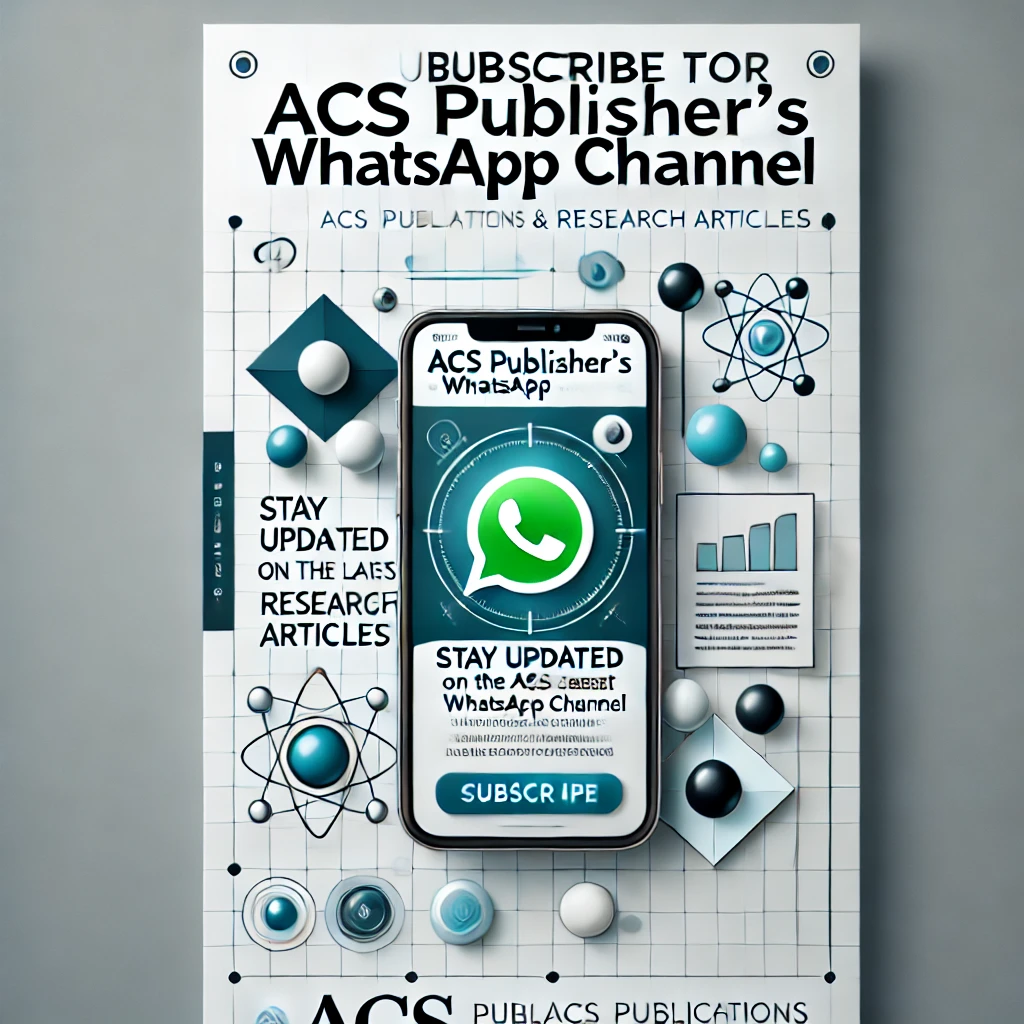Geospatial studies in assessing the Environmental Conditions in most diverse block (Puranpur ) of Pilibhit District,Uttar Pradesh
DOI:
https://doi.org/10.48165/pimrj.2025.2.2.2Keywords:
Biodiversity,GIS, Geospatial Technology, Defor estationAbstract
Terai region of the state is full with bio diversities and varying environmental conditions. One of the most prominent blocks i.e. Puranpur of the district Pilibhit in this region is experiencing changing environmental conditions over the last several decades. The changing environmental conditions in this area have given rise to changing bio diversities. Due to depleting natural resources ,the great loss in environmental conditions has been noticed in the area.One of the most affected place i.e. Fulhar lake, which is the origin point of Gomti River, exhibits a decreasing trend in its spatial extent over the period of time has been noticed.To understand the spatial and temporal variations in the lake water, space borne Remote Sensing technology has been found very much useful.
The Lake holds significant ecological and socio-economic importance for the local communities and surrounding areas. Despite, its ecological significance, Fulhar Lake faces numerous challenges such as degradation, pollution and encroachment. Satellite borne dataclearly indicates a significant decrease in its spatial extent of this lake. In1972 the spatial extent of the lake was 6.07 ha, which has been reduced to 3.97 ha in 2003, Further poor management and developmental activities for tourism purposes has been increased the spatial extent of the lake to 4.15 ha(1.73 ha wet part and 2.40 ha as dry part). Subsequently once again area of the lake has been reduced to 3.02 ha in 2017which has finally remained only3.0 ha in 2023.Now this significant reduction and variation in the spatial extent of Fulhar Lake is throwing an adverse effect on Gomti River.Due to less amount of inflow of water from lake to Gomti river, is continuously making the river dry.
References
Agarwal, A., & Sharma, R. (1982). State of India's environment: A citizen's report. Center for Science and Environment, New Delhi.
Madhusudhana Reddy, P., & Subba Rao, N. (2001). Effects of industrial effluents on the ground water regime in Visakhapatnam (India). Pollution Research, 20, 383–386.
Bhatt, S. D., & Pathak, J. K. (1992). Assessment of water quality and aspects of pollution in a stretch of River Gomti (Kumaun Lesser Himalaya). Journal of Environmental Biology, 13(2), 113–126.
Trivedi, R. K., Khatavkar, S. D., Kulkarni, A. Y., & Shrotri, A. C. (1990). Ecology and pollution in the river Krishna in Maharashtra. In R. K. Trivedi (Ed.), General features of the river and pollution inventory. Ecology and pollution of Indian rivers (pp. [insert page numbers]). Ashish Publishing House, New Delhi.

